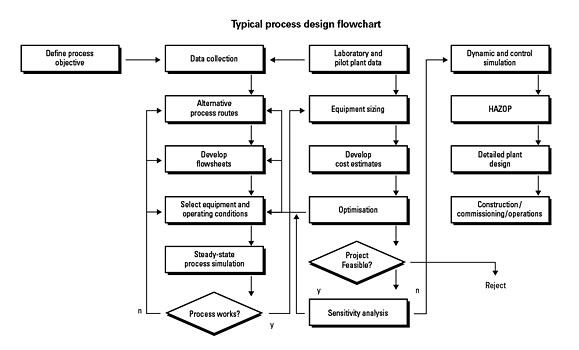To serve you better, our new website displays information specific to your location.
Please visit the site and bookmark it for future use.
Leach circuit design principles
Designing a leach circuit should consider both ore-specific factors as well as factors involving the interaction between the ore and process equipment.
Achieving the optimum leach performance involves combining operating parameters, such as grind size, residence time, chemical conditions (reagent addition levels, temperature, etc.), most of which interact with each other. Determining the optimum process conditions should be the objective of any metallurgical testwork program. Processes that are either relatively straightforward or are well understood, such as cyanide leaching of “free milling” gold, can be characterised on the basis of laboratory scale testwork. However, more complex or novel processes will require progressive stages of testwork, from laboratory to continuous pilot plants, to prove up and optimise the process ahead of plant design.
Grind size is usually the key process parameter in a leach plant, as grinding represents the highest energy input and cost element in the overall process. Sufficient grinding is required to expose the target minerals to the leach solution; the optimum grind size can range from the order of 1mm for minerals such as potash down to less than 10 microns for refractory sulfide minerals. There is some scope to offset grind size against residence time and/or reagent levels; the grind size also has impacts on material handling, such as agitator power for coarse grind sizes, and downstream thickening and filtration for fine grind sizes.
The tank material of construction (e.g., carbon steel, stainless steel, other metal alloy or non-metallic) is a function of the chemical and physical interaction between the ore and the process equipment. Agitator design is determined by whether the aim of the agitator is to simply keep the material suspended or the need for efficient introduction of air/oxygen for the leach reaction.
The technical aspects of designing the leach circuit fall within the overall project design activities, as shown in the diagram below. Key aspects of the overall design picture include the initial definition process, process selection through testwork and simulation, cost estimation and financial analysis, leading to the final design, construction and commissioning.
John Willis: jwillis@srk.co.uk

|
You can download a PDF of the entire |
PDF A4
|
PDF Letter
|
|
|
|
Our newsletters focus on specific areas of interest to earth resource professionals and clients. Each is available as an Adobe Acrobat PDF file. If you don't already have Adobe's PDF reader, you can download it free.

